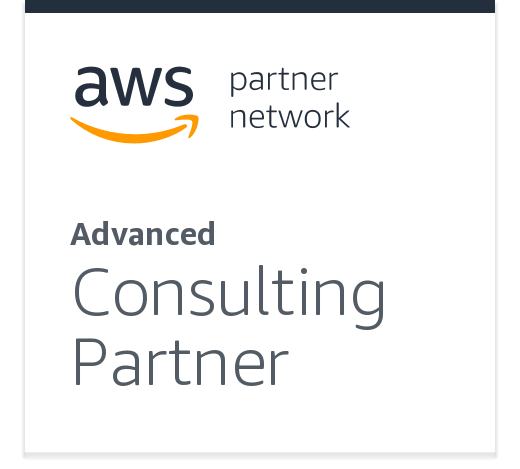Discover DevOps
DevOps is the combination of cultural philosophies, practices, and tools that increases an organization’s ability to deliver applications and services at high velocity: evolving and improving products at a faster pace than organizations using traditional software development and infrastructure management processes.

Getting started with DevOps
The main reason to implement DevOps is to improve the delivery pipeline and integration process by automating these activities. As a result, the product gets a shorter time-to-market.
Server configuration
Server configuration tools are used to manage and configure servers in DevOps. Puppet is one of the most widely used systems in this category. Chef is a tool for infrastructure as code management that runs both on cloud and hardware servers. One more popular solution is Ansible that automates configuration management, cloud provisioning, and application deployment.
CI/CD
CI/CD stages also require task-specific tools for automation — such as Jenkins that comes with lots of additional plugins to tweak continuous delivery workflow or GitLab CI, a free and open-source CI/CD instrument presented by GitLab. For more solutions, check our corresponding article where we compare the major CI tools on today’s market.
Containerization and orchestration
The widely-used container orchestration platforms are commercial OpenShift and open-source Kubernetes. Containerization and orchestration stages rely on a bunch of dedicated tools to build, configure, and manage containers that allow software products to function across various environments.
Monitoring and alerting
Monitoring and alerting in DevOps is typically facilitated by Nagios, a powerful tool that presents analytics in visual reports or open-source Prometheus. While a DevOps engineer – we’ll discuss this role in more detail below – must operate these tools, the rest of the team also uses them under a DevOps engineer’s facilitation.
Benefits of DevOps
Security
Move quickly while retaining control and preserving compliance. You can adopt a DevOps model without sacrificing security by using automated compliance policies, fine-grained controls, and configuration management techniques.
Improved Collaboration
Build more effective teams under a DevOps cultural model, which emphasizes values such as ownership and accountability. Developers and operations teams collaborate closely, share many responsibilities, and combine their workflows.
Reliability
Ensure the quality of application updates and infrastructure changes so you can reliably deliver at a more rapid pace while maintaining a positive experience for end users. Use practices like continuous integration and continuous delivery to test that each change is functional and safe. Monitoring and logging practices help you stay informed of performance in real-time.
Speed
Move at high velocity so you can innovate for customers faster, adapt to changing markets better, and grow more efficient at driving business results. The DevOps model enables your developers and operations teams to achieve these results.
Rapid Delivery
Increase the frequency and pace of releases so you can innovate and improve your product faster. The quicker you can release new features and fix bugs, the faster you can respond to your customers’ needs and build competitive advantage.
Scale
Operate and manage your infrastructure and development processes at scale. Automation and consistency help you manage complex or changing systems efficiently and with reduced risk. For example, infrastructure as code helps you manage your development, testing, and production environments in a repeatable and more efficient manner.
Send us contact details
Please leave us your contact detail below and our team shall get back to you shortly.
